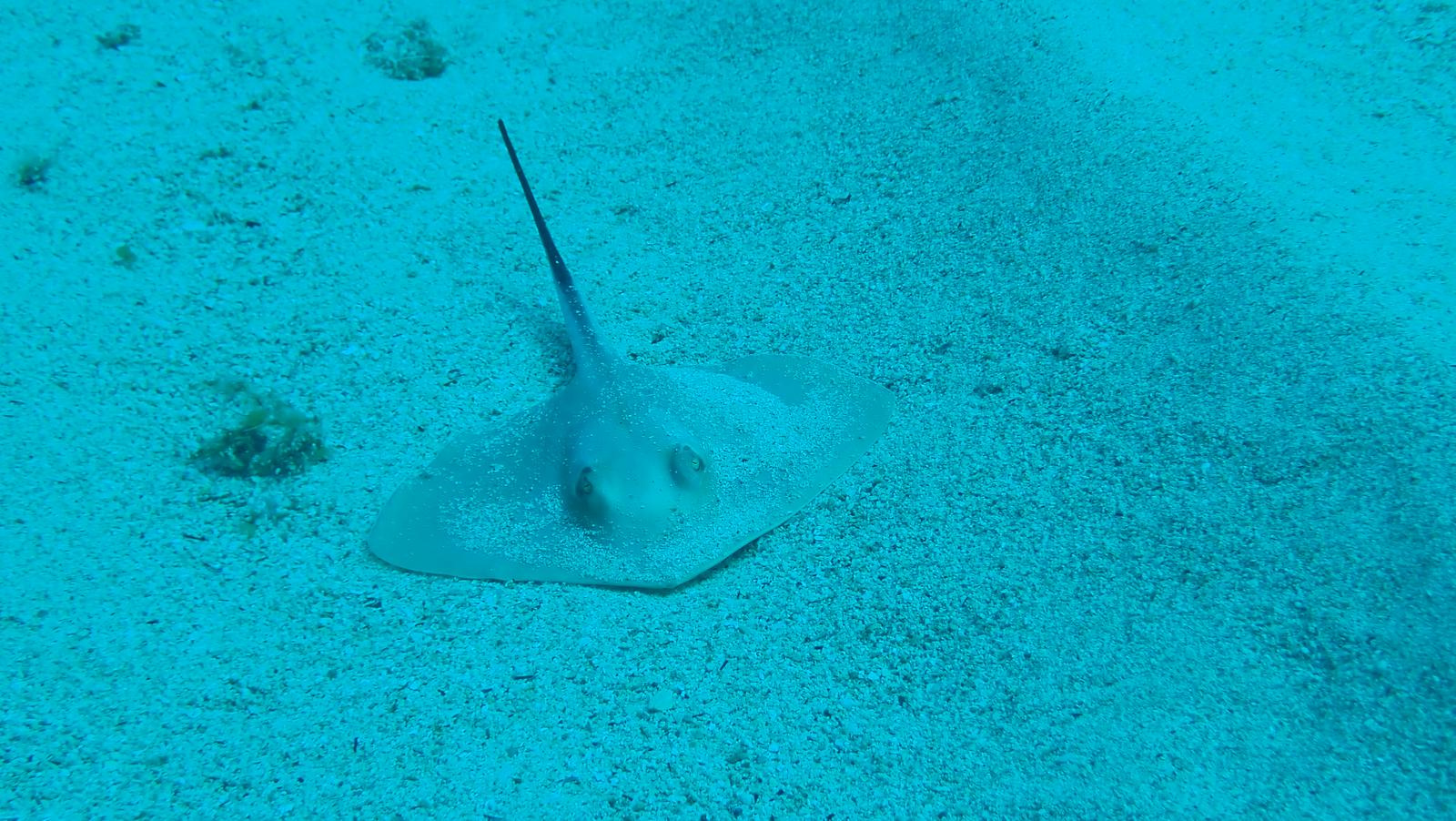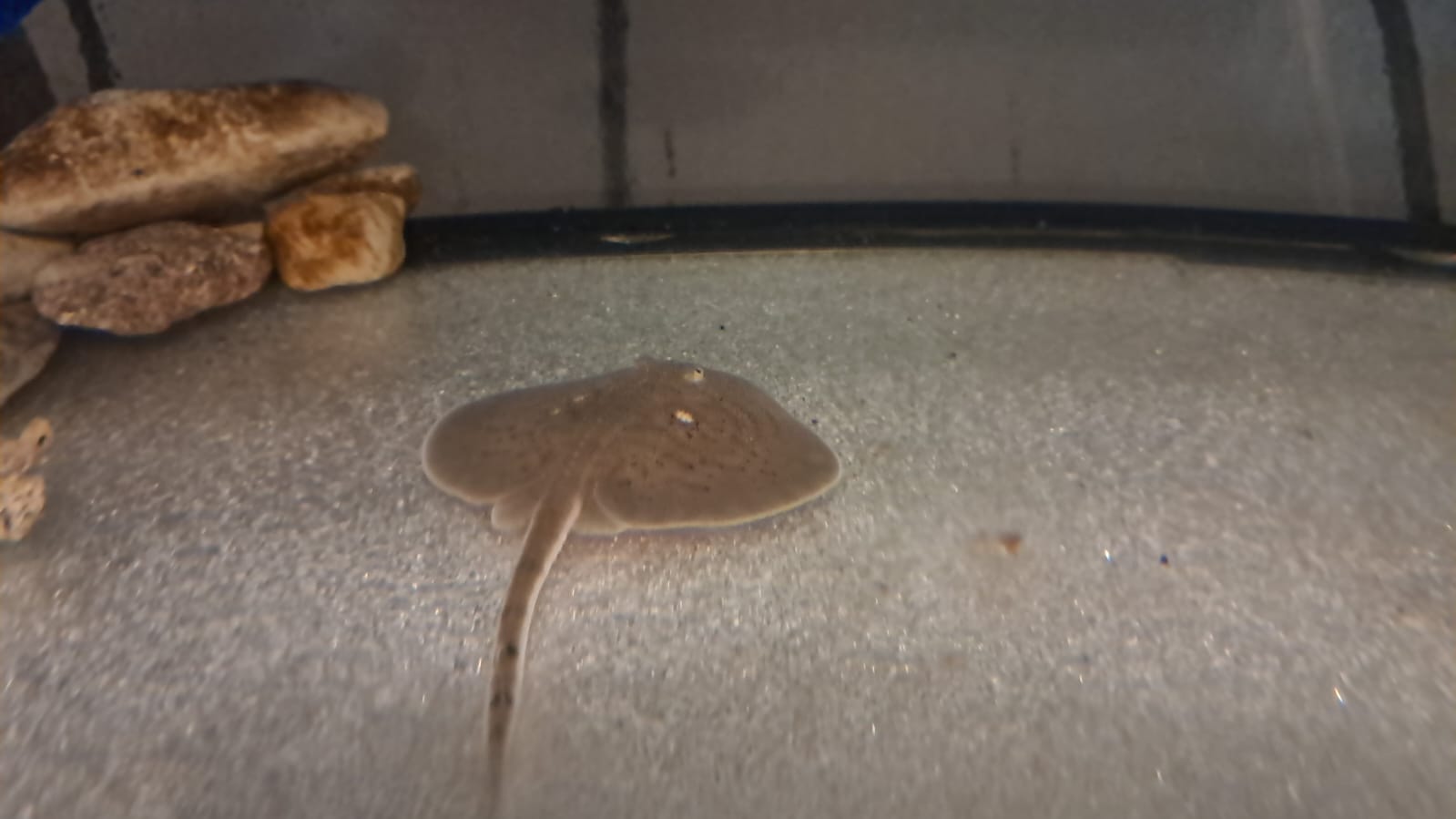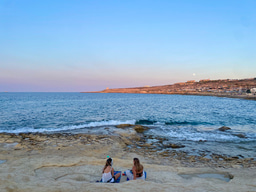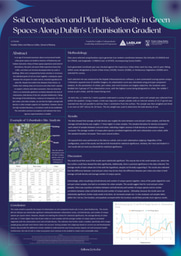Sharks, Rays, and Skates, Oh My!

Over a period of 6 weeks, I worked with SharkLab-Malta to develop a comprehensive summer school curriculum, as well as assisting in citizen science projects surveying Malta’s bays for critically endangered Bull Rays and elasmobranch by-catch at fish markets. SharkLab-Malta is a voluntary organisation focussed on furthering elasmobranch (shark, ray, and skate) research, rescue, and education in Malta. My primary goal in this LiA project was to audit existing educational material and develop a new, modular summer school curriculum that can be reused for future SharkLab-Malta events. The organisation already had extensive material aimed at young people and the public, but I found that very little of it was interactive or accessible to younger children who may not be fluent in English yet. While English is one of Malta’s official languages, SharkLab-Malta often works with international schools and youth groups where participants have varying levels of English proficiency. For the summer school we led during my LiA, our students ranged from 4 to 12 years old, with varying English and reading skills and, more importantly, varying attention spans. To address this challenge, the Education Officer and I structured the school curriculum around an existing Erasmus+ project SharkLab-Malta led so that there was a distinct topic for each day and accompanying activities from prior projects. I built off of this by developing hands-on activities, each with optional modifications increasing and decreasing the complexity, to reinforce concepts.
.jpg)
In smaller NGOs and voluntary organizations, oftentimes every member does a little bit of everything. While my main role was as an education intern, I participated in daily data collection activities for the various research projects run through SharkLab-Malta. The first project, Flying with Bull Rays, required daily snorkel surveys of the shallow waters in Malta’s bays to record sighting data of bull rays and common sting rays, taking clear photographs of the unique patterns on the wings of bull rays to train a software to identify individual bull rays throughout their life cycle. I’ve never been one for swimming, to the point where my siblings constantly joke that I’m completely unable to swim, so spending hours at a time swimming sparked quite a bit of anxiety for me. In preparation for my LiA, I pushed myself out of my comfort zone and took adult swim lessons, which I ended up really enjoying and excelling in. I had never snorkeled nor participated in marine surveying before and while it was often rocky and we rarely encountered bull rays, the experience was incredibly rewarding both in showing me a side of the natural world that I rarely interact with and adding to the critically important work of tracking the life cycle of bull rays.

Another research project I had the privilege of contributing to revolved around surveying elasmobranch by-catch in fishmarkets. In Malta, fishers bring their daily catch to a government-owned fishmarket every day around 3am for the daily auction starting at 4am. Our role as researchers was to communicate with the fishers to identify any sharks, rays, or skates caught that day and to measure them, determine their sex and species, and, if they were oviporous, whether they were carrying eggs. Any females carrying eggs needed their (still living) eggs to be removed and placed into thermoses full of cold sea water to be raised and released through a reciprocal programme with Malta National Aquarium. While this is an incredibly unique and valuable experience, I have always been incredibly sensitive and emotional around death so handling 150+ dead sharks in the middle of the night with a pig slaughterhouse next door where pigs were audibly shrieking as they died was, understandably, quite intense. Given that I was not told about this aspect of my LiA prior to my arrival in Malta, I had very little time to mentally adjust to how massive a challenge it would be emotionally to confront visceral animal death daily at 3am. My family and friends heard plenty about how nervous I was for my first fishmarket and how terrified I was of appearing emotional in front of my colleagues and the local fishers, but their unwavering support and reassurance through all of this allowed me to really enjoy the fishmarket experience. Yes, it was a little horrifying, but handling such beautiful and powerful (albeit dead) animals so intimately and helping rescue viable shark eggs from their dead mothers became one of my favourite parts of the LiA experience.

I surprised myself, and Malta surprised me this summer. Even in the first two weeks of the LiA, I could’ve never anticipated how much I came to enjoy this experience or how much I grew as both an individual and a professional. I hope that the materials and curriculum I developed will engage youth on elasmobranch biology, ecology, and evolution for years to come. I’m incredibly grateful for the support of my friends and family through the entire process and grateful to the Laidlaw Foundation and SharkLab-Malta for the opportunity to go so far beyond my comfort zone. Nothing could’ve prepared me for the change in global and personal perspective that this LiA gave me, and I’m excited to see what the future holds.



Please sign in
If you are a registered user on Laidlaw Scholars Network, please sign in